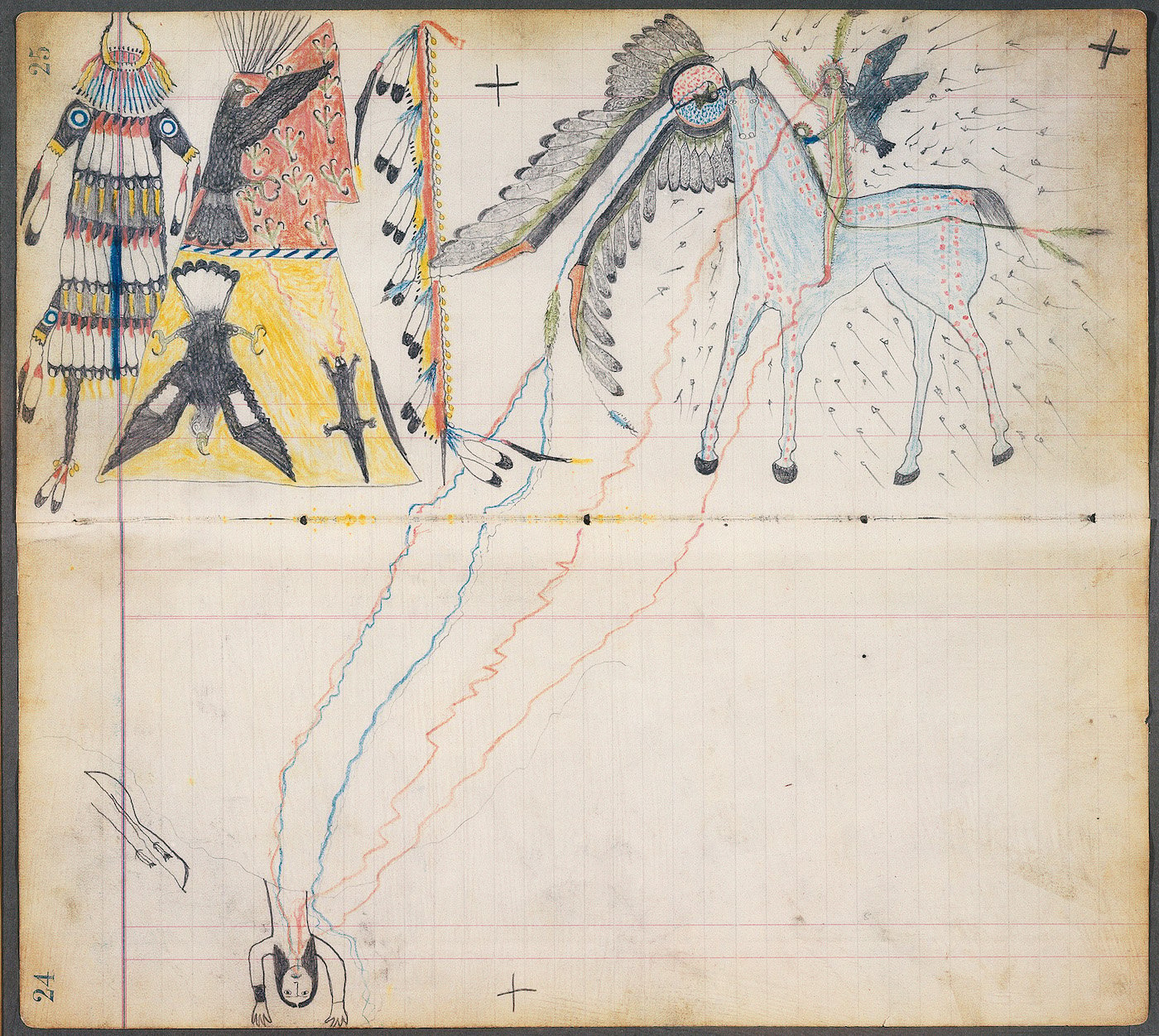
The Metropolitan Museum of Art is looking for its first full-time curator of Native North American art to lead a new Native arts program, housed in the American wing.
The successful candidate will be tasked with overseeing the museum’s vast collection of indigenous American artifacts, including the Charles and Valerie Diker Collection of more than 116 objects hailing from 50 different Native American cultures, from the 2nd century to the early 20th century.
“The Met continues to expand and shape its program of Native American art—from ongoing rotations of the ‘Art of Native America’ display in the American Wing to the upcoming Great Hall installation by contemporary Cree artist Kent Monkman,” the head of the Met’s American wing, Sylvia Yount, tells artnet News. “With the arrival of a new curator, we anticipate an increasingly robust program of Indigenous American art across the museum.”
Yet, despite its significant holdings, Native American art and artifacts have historically been something of an afterthought for the Met.
A presentation of the Diker collection, on view through October 16, constituted the museum’s first-ever show of Native American art in its American wing. For many, the exhibition marked a long overdue turning point from the habit at many museums of displaying Native American art in their international galleries. The commitment to hire the new curator also came as part of the Diker gift.
“The presentation in the American wing of these exceptional works by Indigenous artists marks a critical moment in which conventional narratives of history are being expanded to acknowledge and celebrate the contributions of cultures that have long been marginalized,” said Met director Max Hollein in a statement at the time.
Joseph No Two Horns, (He Nupa Wanica), shield (Hunkpapa Lakota, Standing Rock Reservation, North Dakota, 1885). Courtesy of the Metropolitan Museum of Art, photo by Dirk Bakker.
But even this momentous occasion was marred by controversy: the Association on American Indian Affairs castigated the Met for allegedly failing to consult with tribal representatives. As a result, the group said, the museum improperly contextualized non-art objects as art.
The Met, claiming that it “engaged regularly and repeatedly with tribal leaders in many Native communities throughout the country,” declined to remove contested items from the exhibition.
All of which is to say that the new curator, an associate in the American department, will have their work cut out for them. But, according to the job posting, they’ll also have a unique opportunity to mount shows, collaborate with other departments, and even add to the museum’s collection.